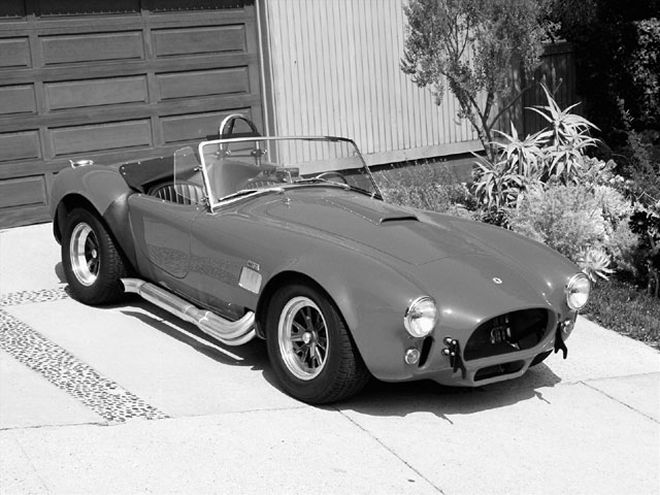

There is more to mufflers than simply muted sound. When looking at the baffle marketplace, we need to see how some of these sound-proofers work. A loose working-definition of an automobile muffler is a rather large, rather weighty object that is introduced into the exhaust system to hush the melodic harmonics that resonate from the depths of the internal combustion engine's mechanical symphony. Many car guys regrettably agree that a major by-product of this diminished sound is the absorption of a substantial amount of the engine's horsepower.
Well, let me tell you, that's old-school thinking, and the supposition is no longer accurate. There have been great strides in muffler technology over the decades, and now, decibel levels can be dropped into the socially acceptable range without throwing huge amounts of horsepower into the sacrificial volcano. You don't have to lose power to save your eardrums.
Looking at the products offered by five of the industry leaders serves to demonstrate the different approaches to sound management. It is not our intent to recommend one product over another or even to suggest that these are the only products that you should investigate. We are simply showcasing a sampling of the products available to you in today's marketplace. Then it's up to you to select the product that best fits your particular needs.
This is only a small sampling of the mufflers available to you. There are tons of manufacturers out there that we didn't have the space to cover. However, after reading through this brief summary of the methods used by five of the leaders in this industry, you should be able to make better judgments about the construction techniques used in whatever brand you contemplate. Your possibilities are only limited by your willingness to search out that just-right product for the task at hand.
Performance Exhaust 101A research paper, prepared by Chris Kauffmann, Motorsports director at Borla Performance Industries, explains some of the questions frequently asked about performance exhaust systems and the way they work. Rather than reprint the entire four-page memo, we have extracted a few of the points that were not covered in this article.
One of the first questions that arises in any discussion about controlling sound has to be: Where does the sound originate? In the case of the internal combustion engine the answer was a little different than expected. Rather than the majority of the crackle and pop coming from the fire and flame in the combustion chamber exploding when the spark plug lights the air and fuel mixture, the bulk of that sound is actually created by a miniature sonic boom made as the exhaust gases exit past the exhaust valve at super sonic speeds. This is the reason that a high-compression engine sounds louder than the old unleaded 8-to-1 street engine. The air is going faster due to the increased compression, thus creating a much louder boom.
Another fact that came to light in Kauffman's paper was one of those basic truths: When the internal combustion engine is reduced to its essence, it is nothing more than a simple air pump, air in, air out. In the old days an exhaust system that produced 25 percent greater exhaust flow capacity than stock would gain a solid 10 percent in horsepower. To make a modern engine respond to modifications it is often necessary to change not only the exhaust system but also the intake and, frequently, the computer. It's still air in, air out, but now the computer has control of it all.
One final maxim that came from the research was the huge amount of emphasis misplaced on maximum horsepower numbers. Yes, they are a measuring stick of sorts, but they only show you a maximum number at the peak of the rpm range. In fact what would be more practical to know would be the amount of power increase in the useable rpm range. Unless you're running on one of the large oval tracks or making an all-out blast at Bonneville, your engine will most likely never see a sustained peak-rpm run. What you will see a lot of is the range between shifts as you power through the gears. Therefore, as you can see, it's the power you build between torque peak and maximum rpm that really moves the vehicle forward, or the power made in the 2.5 seconds between shifts that gets the real work done. All those maximum rpm numbers are in reality just an exercise in chasing the dyno needle. The other method used to prove a component's worth is flow testing. It's like a dyno in the respect that you make the change and flow the part, and it is either better or not. Then you try it again. It all comes back to the original precept, air in, air out. These are just a few of those basic truths that were there at the start and will be there at the finish.